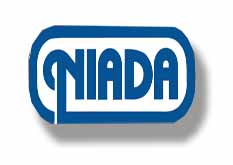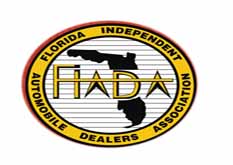3 Most Common Types Of Fraud And Ways To Prevent It
As consumer fraud continues to rise year over year lenders are seeking ways to detect and prevent fraudsters before the situation escalates, Frank McKenna, chief fraud strategist for PointPredictive, stated.
Historically high lending volumes are fueling an estimated $6 billion in annual fraud losses to lenders, due to fraudsters having access to more information and technology for data breaches, McKenna said.
“Auto and powersports lending is one of the main targets for fraudsters because obviously the value of lender financing is so high,” he said. “If you compare to when a fraudster steals a credit card, they are lucky if they get $700 to $800 off that card before it is shut down. But for auto and powersports dealers it can be several thousand dollars, so the payback is higher.”
McKenna shared three of the most common types of fraud gaining popularity in the space:
1. Synthetic Identity Fraud
There has been a growth in synthetic identity fraud lately, McKenna said. “Instead of typical identify theft where fraudsters steal your Social Security number and name, they found out they can use any Social Security number without knowing who it belongs to and create new identity,” he said. “They could steal your Social Security number just by guessing it — because they know pattern. They use their own name and set up a P.O. Box to create a new address, and when they go and apply for credit with your Social and name … they create this brand new identity.”
One Way to Help Prevent It:
First thing lenders need to do is have a fraud specialist, McKenna said. “Have somebody in your organization that receives training or is very experienced and becomes an expert on fraud,” he said.
2. Fraud Rings
Fraud rings are a group of fraudsters working in networks, McKenna said. “These fraudsters go out and find people with good credit, and add them as users on their credit card accounts,” he explained. “Once they get added on their account, the credit of the good customer translates to their bureau … making it look like they have good credit so they can take out a loan. Organized groups work together in fraud rings to do this many times over at the same dealer.”
One Way to Help Prevent It:
“Use some simple screening tools — we provide some and so do other vendors,” he said. Arm your fraud specialist with scanning tools to validate information on any new application. “That will get you a long way to reducing fraud,” he added. The screening tools will take an application and scan it instantly to show where the fraud risk is. “You could have a fraud expert using a tool like that,” he said. “Use some technology, don’t just rely on people out there looking for fraud.”
3. Dealer Fraud
“Lenders are getting burned by dealers,” McKenna said. “While only 3% or fewer dealers are unscrupulous, those dealers are burning lenders over and over.” Those dealer then “hop” from lender to lender after they are detected, he added.
One Way to Help Prevent It:
Track fraud, McKenna said. “A lot of lenders don’t necessarily track when they find fraud. If you find a fraudulent transaction you are required to report it. In some instances it is high-dollar amount. You have to be compliant. Many powersports lenders don’t realize that is something they have to do from compliance perspective.”
Lenders could also join PointPredictive’s Automotive Lending Fraud Consortium, which is an industry collective aimed at tackling the problem of auto and powersports fraud through collaboration. The consortium enables lenders to share patterns of fraud through predictive application risk scores and dealer risk scores. |














